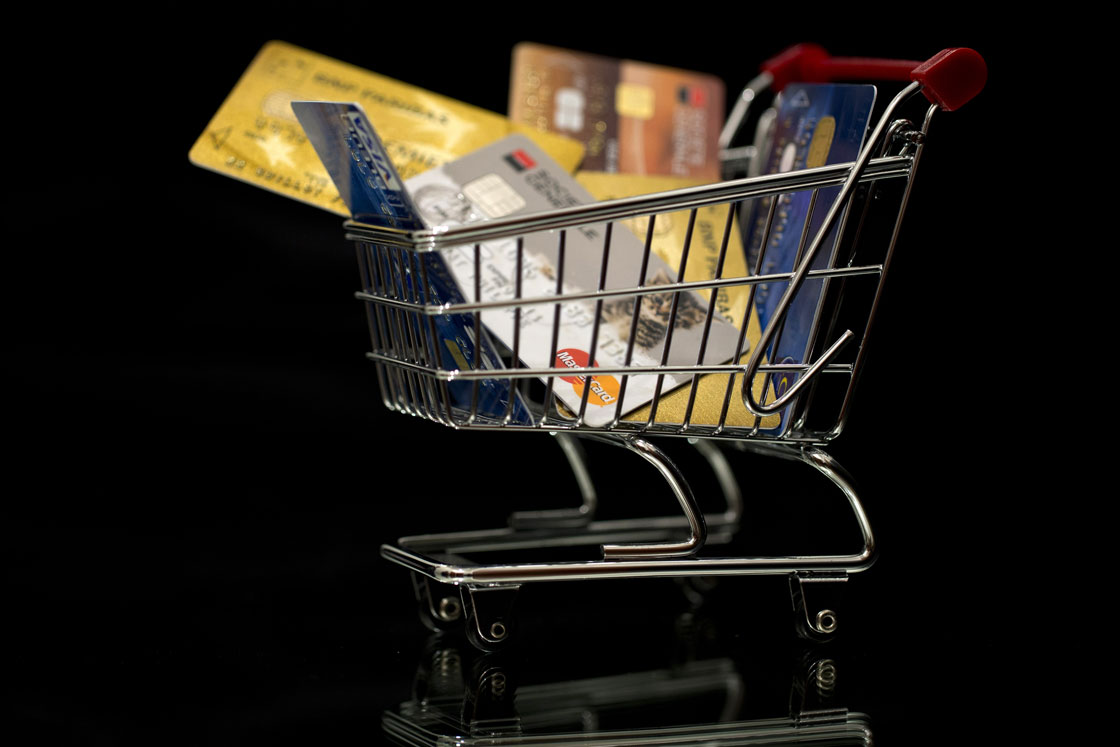Far from pulling back, Canadian households are plowing deeper into debt despite an economy showing clear signs of slowing down.

Total debts owed by Canadians jumped 4.9 per cent in June compared to the same month last year, to $1.84 trillion. That’s the fastest pace of debt growth in more than two years, a new report from RBC Economics said Wednesday.
Statistics Canada said a day earlier the economy contracted between January and June – amounting to a mild recession. The data was released at the same time deeper job cuts were announced in Alberta, where low oil prices are draining economic growth within the energy sector and related industries.
“Despite the weak economic performance in Canada … households continue to ramp up their reliance on borrowing,” Laura Cooper, an economist at RBC, said.
Strain for some
At their current clip of borrowing, household are poised to hit a new all-time high, the RBC report said, posing renewed “financial stability risks” for deeply indebted households — and by extension the economy.
For now, ultra-low interest rates are helping to keep over-leveraged consumers current on their payments. But RBC said it expects at least some to face difficulties even under the mildest of scenarios when rates begin to rise.
‘Even in the case where interest rates rise gradually, upward pressure on households’ total financial obligations is likely inevitable’
“Even in the case where interest rates rise gradually, upward pressure on households’ total financial obligations is likely inevitable,” the bank report said.
Two thirds of Canadian households are carrying some form of debt, either through a mortgage or a consumer credit product such as a credit card or student loan. The Bank of Canada estimates that about 12 per cent of households – or about 1.5 million – hold about 40 per cent of the $1.84 trillion owed to lenders.
MORE: Parents (and their retirements) feel pinch of adult children, poll shows
So far, the “oil shock” hasn’t resulted in a wave of personal bankruptcies within this highly indebted group. But the report suggested this group will face challenges even if economic conditions don’t worsen.
“Even in the absence of a shock, Canadian households will have to adjust to higher debt payments when economic conditions permit interest rates to drift upwards,” Cooper said.
‘Non-traditional’ mortgages
The report noted that interest payments on non-mortgage debt have “risen sharply” in recent years, as products like lines of credit, credit cards and auto loans have surged in use – in some cases to help fund the purchase of real estate.
“This could be attributed to the emergence of home equity lines of credit, which are ‘increasingly used as substitute for more traditional mortgages,’” RBC said.
MORE: Banks step up scrutiny amid flare up of ‘liar loans’ in housing market


Comments